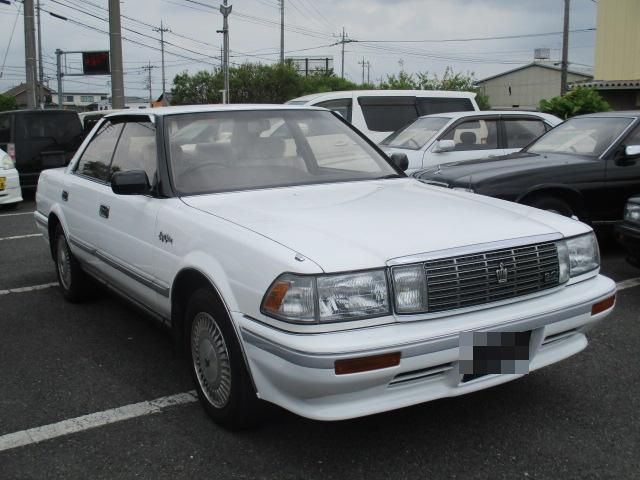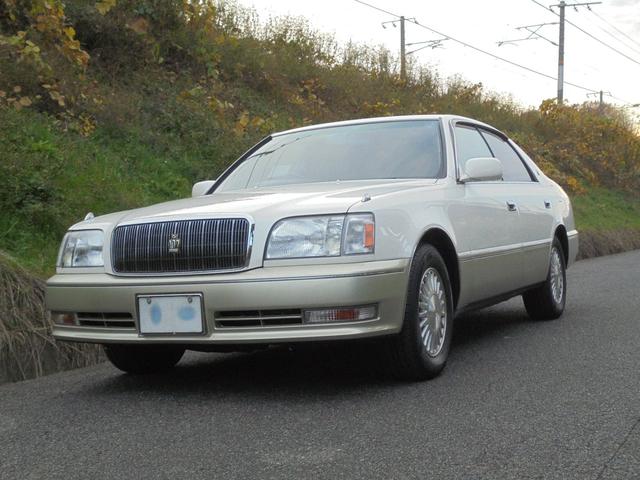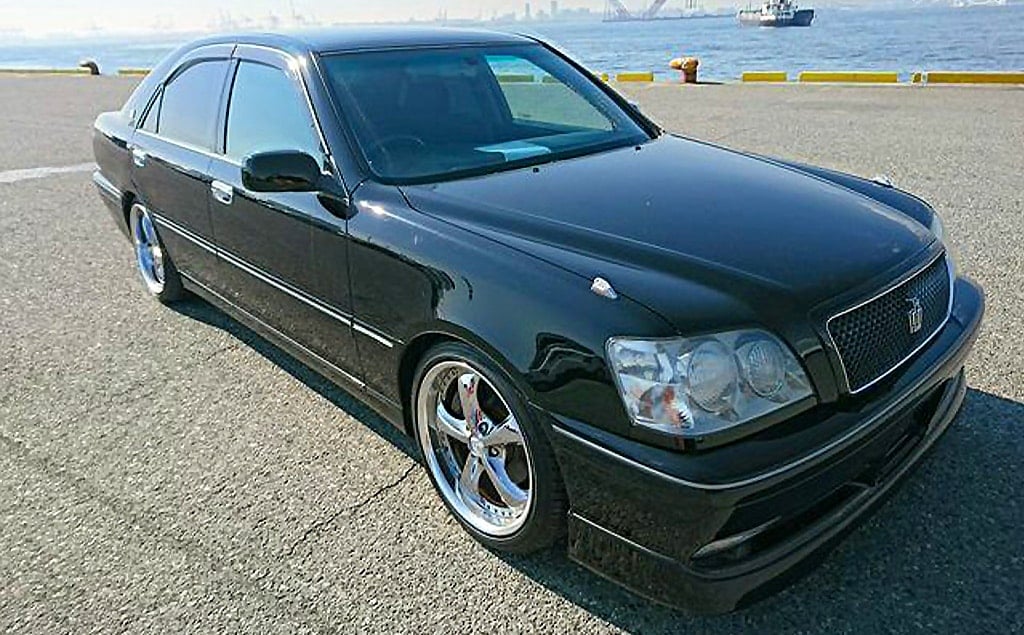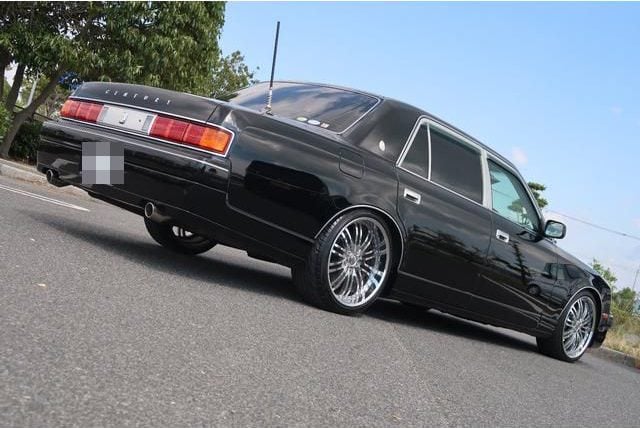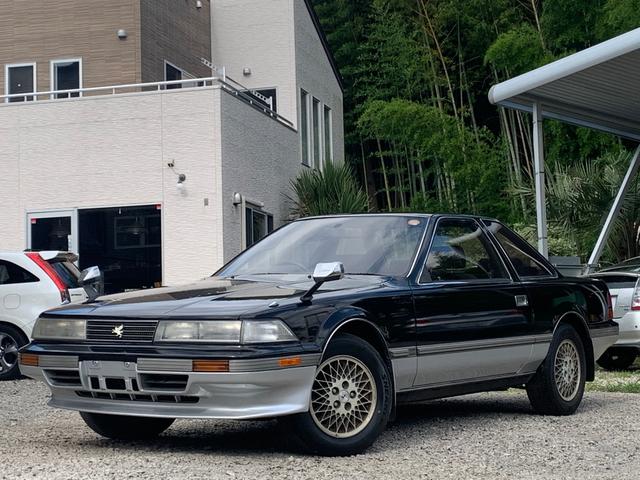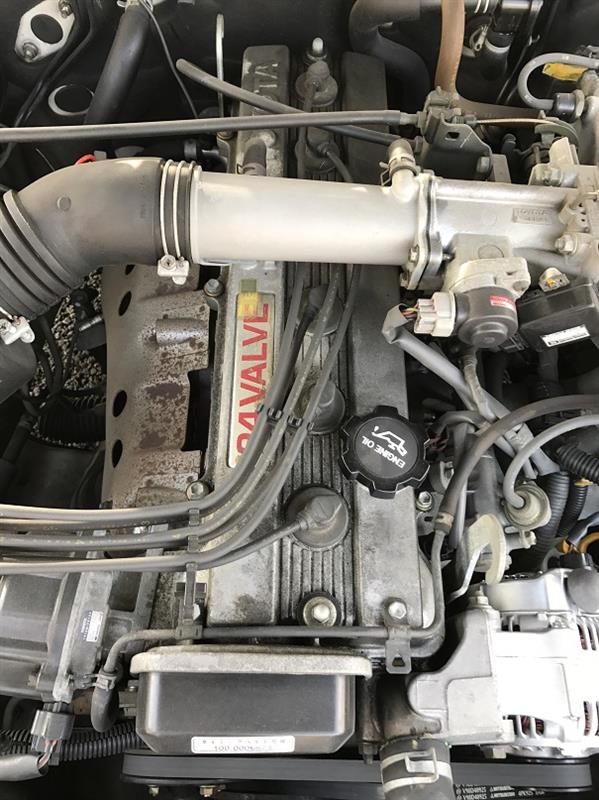Another plus of a 1G engine Toyota Crown is the engine (and drivetrain) lifespan: These engines last and last! I was talking once to the designer of my Crown and he told me that 1G engines were very commonly used in Toyota’s various taxi offerings and that they easily, easily racked up 500,000 to 600,000 kilometers (310,000 to 370,000 miles) in hard taxi service in Hong Kong and Singapore.
“And those are the minimums, with indifferent maintenance,” he said.
“What about with love and care?” I asked him. “How far will a 1G go then?”
“Ach! We don’t know. I’d say the sky’s the limit. Probably will outlast the body of the car.”
So with all the many big-engined Toyota Crowns available in Japan today (we’re talking 2.5 liters, 3.0 liters, 4.0 liters with those babies) don’t over look the 2.0 liter Crowns. They are fine luxury cars aaaaand…….they are coming up cheap in the second hand market in Japan today! You can get fine 1G Crowns in good shape and for good money for export to the USA, Australia, Canada, the UK, and Europe. Nicely overlooked treasures, they are.
And now that we are talking good prices on a second hand Toyota Crown from Japan, let’s look at the next series of these cars, as that is where the sweet deals (and sweet cars) are at the moment. So in our next blog post here at Japan Car Direct we’ll look at the 130, 140, 150 (mine!), 170, and 180 Series Toyota Crowns.
And I’ll tell you more about my Toyota Crown, the car I was “not supposed to have.”
Until then, start dreaming of your nice clean secondhand Toyota Crown imported direct from Japan, because this is a dream you can easily make come true, and we at Japan Car Direct are here to help you make such dreams into happy realities; it’s the best part of our job.


